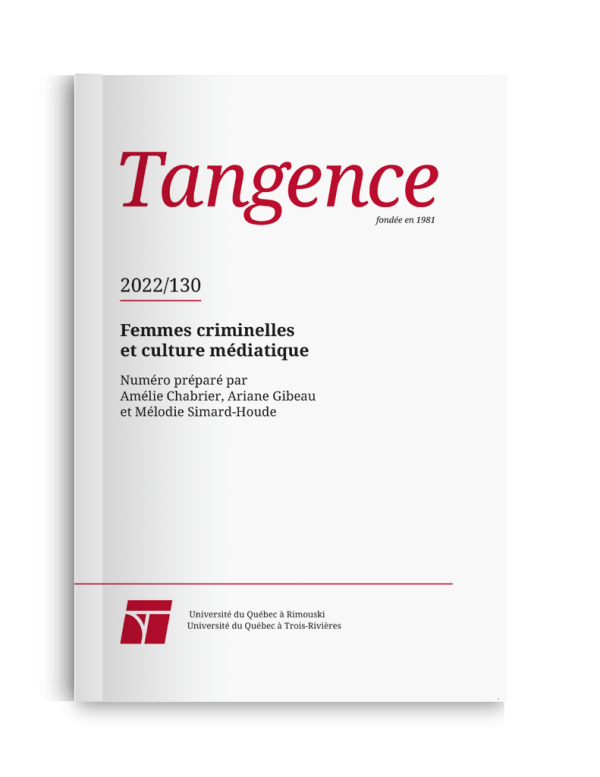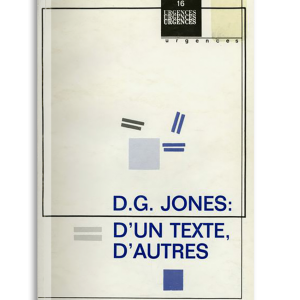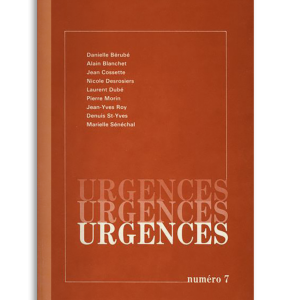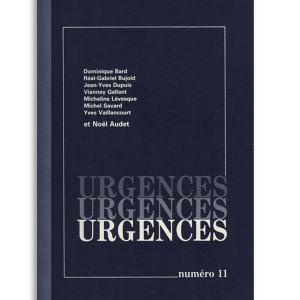“Tomorrow I’ll die like a man”. Death sentence and presidential pardon of women criminals : media choreographies
Amélie Chabrier
During the French Third Republic, women criminals sentenced to death benefited from a commutation of their sentence starting in 1887, the date of the last execution. When observing these affairs focused on an accused woman facing the death sentence in a court of law, we realize their media coverage turned into a kind of ongoing story, creating, for example, artificial suspense around the execution of the sentence, or organizing debates around the issue. But these trials were also the opportunity for the first feminists to express themselves, taking advantage of the death sentences of women criminals and the presidential pardons accorded them to reaffirm gender equality, reevaluate the issue of their criminal and civil responsibilities and lay claim to certain rights. Thus, their position was ambiguous, to say the least, since they were calling for the execution of their sisters in the name of equal rights, even as the vast majority of feminists were in favour of abolishing the death penalty. Moreover, it was to have fun mocking feminists’ unorthodox ideas that French journalists welcomed their voices to a pseudo-democratic debate.
Anna Katharine Green, “the American Conan Doyle”, in her French editorial adventures
Laetitia Gonon
Anna Katharine Green (1846-1935) was an American author of detective fiction. Admired by Arthur Conan Doyle and Agatha Christie, she sold over a million copies of her first novel (1878). The success of her career in the United States found an echo in France, where a third of her books were translated before 1914. This article retraces, through the press of that time, the novelist’s chaotic beginnings in France : first published in serial form in the daily papers and frequently retranslated under different titles, her work came to be associated with her translators, who were publicized as the authors. Green’s first Frenchtranslated novels integrated foreign serialized fiction intended by editors for a female readership. But starting with the editorial explosion of detective novels in the years 1905-1907, the novelist gained a notoriety that propelled her onto the list of paragons of the genre, next to Conan Doyle and Maurice Leblanc. The economic imperative that weighed on crime fiction serials, however, transformed Green’s works into just so many special collectors’ items, in a serialization far different from what the author had imagined.
The prostitute in the night : study of the tabloid press in Quebec, 1942-1960
Will Straw
This article examines the figure of the sex worker as represented in Quebec’s tabloid press in the years 1942 to 1960. It focuses on two successive periods in the history of Quebec print culture : first, the years 1942-1947, represented by the periodical Police Journal, which, part newspaper and part magazine, proposed a reformist examination of Quebec morality through sensationalist reporting on crime and vice ; second, the yellow journalism of the 1950s, which exploited sex trade crimes for sensationalist purposes. During the transition between the two periods and the two print entities, the figure of the city prostitute evolved : she was first the symbol of a social hygiene problem and next a criminal figure, creating narratives of individual action and agency.
“We can only spit on the page of the Code”. For a new court of law : the journalist and the woman criminal in the daily press of the Gilded Age
Kathryne Adair Corbin
This article reveals how certain women journalists in the Gilded Age positioned themselves against the main coverage in the daily press and used them as an instrument of social justice. While features by male journalists in the mainstream press “sensationalized” the crimes committed by women (“beautiful crimes”) and propagated clichés on the duplicity or supposed perversity of the condemned woman, Séverine (1855-1929), and later on the journalists of La Fronde (1897-1905), sought to shed light on the life of the accused woman and its impact on her actions. This study also reveals how these women journalists succeeded in using news coverage to support the victims of social injustices and the abolition of social inequality in the justice and prison systems. In doing so, they opened the voice(s) of the city to women. This new space, this new court of empathy and justice, paved the way for new arguments regarding the woman criminal, criminality, the judicial process, and coverage of all three, both within the pages of newspapers and through a dialogue between newspapers. Finally, these women reporters aimed to abolish the public discourse that monitored and punished women, maintaining them in a position of otherness, and made room instead for a public discourse that did not view women from a strictly disciplinary perspective.
Two marginal femininities in the mirror : the prostitute in the eyes of women reporters in the years between the two world wars
Mélodie Simard-Houde
Between the years 1920 and 1930 in France, several women reporters—namely, Maryse Choisy, Magdeleine Paz, Marise Querlin, Luc Valti and Adrienne Verdière Le Peletier—seized on the subject of prostitution. This article examines these investigations in order to examine women’s perception of both prostitution and the figure of the prostitute. It sheds light on the ambivalences of reporting, which hesitated between the renewal of stereotypes based on prostitution in the popular imagination and inherited from social surveys and 19th century literature, and the creation of a new vision of the problem. The figure of the prostitute is at the heart of this tension : at once victim and criminal, pure and impure, ordinary and marginalized, she marks the reportage with her voice and the adventures of her body, while offering the woman reporter a social and reflexive symbol. In fact, the prostitute allows the reporter to not only denounce certain more general aspects of women’s condition during the inter-war period, involving inequities of class and gender, but to comment as well on the somewhat marginal condition shared by both the public woman and the reporter, namely, a mobile identity outside the norm.
“There are so few that we don’t see them”. Women and prison in the articles of La Vie en rose
Charlotte Biron
This study focuses on a dossier titled : “Women in Prison”, published in 1983 in La Vie en rose, and, in particular, on the in-depth feature stories of Lise Moisan, Francine Pelletier and Françoise Guénette. The analysis sheds light on the relation between the writings of women journalists and the representation of women in prison. The purpose is twofold : 1) to examine how the journalists writing for this women’s magazine re-appropriated reporting, the journalistic genre they criticized starting with their first issue, and 2) to measure how the magazine’s image of women in prison differs not only from the stereotype of the woman criminal, a figure exceptionally over-represented in the media, but also from that of women in prison as portrayed in the major newspapers. The dossier, in effect, offers a singular representation of women and prison life. The parallel between the reports in La Vie en rose and discourses on women in prison thus aims to explore how reporters recommend a writing that is based on field research and maintains a distance from many received ideas through a feminist poetics of reportage.






